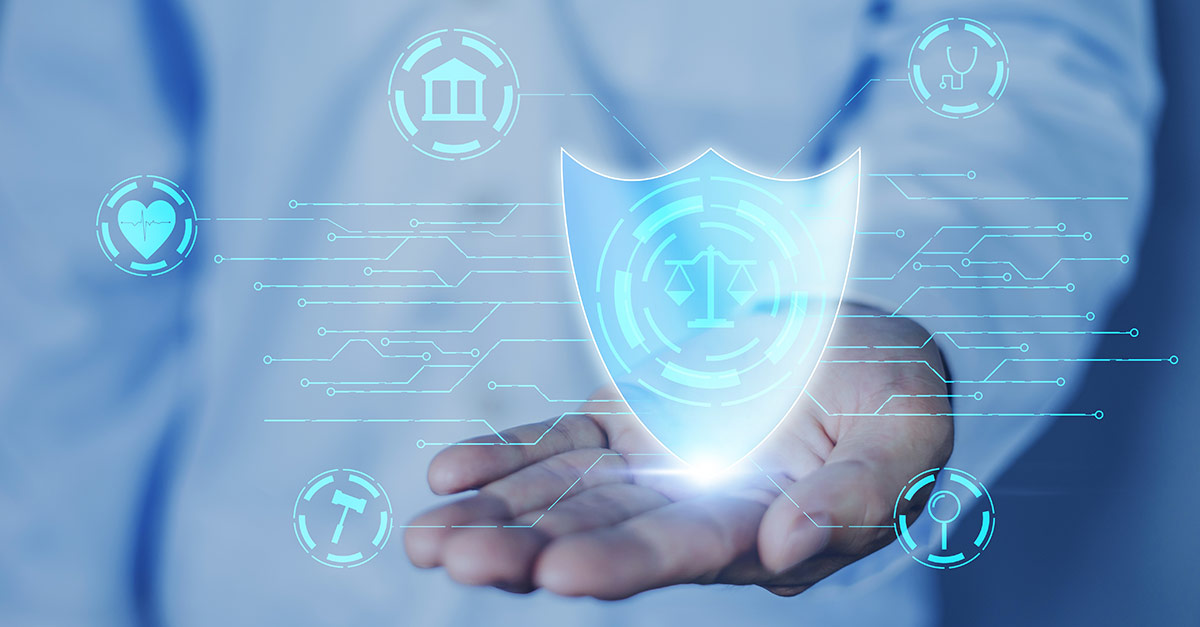Compliance monitoring is the continuous process by which organizations ensure that their operations, products, and internal policies consistently align with applicable laws, regulations, and ethical standards. Under the EU AI Act, compliance monitoring is a critical requirement—especially for high-risk AI systems—to detect deviations, maintain documentation, and swiftly correct failures that could lead to penalties or loss of trust.

1. Background and Establishment
In the architecture of AI governance, compliance monitoring refers to the ongoing internal oversight mechanisms designed to verify that organizational practices and AI system behaviors remain in harmony with legal and ethical mandates. The EU Artificial Intelligence Act mandates this continuous surveillance as a core obligation—particularly for high-risk AI systems subject to rigorous technical and operational requirements.
Unlike one-time conformity assessments, compliance monitoring ensures that AI systems do not degrade over time, introduce new risks, or violate evolving standards after market placement.
2. Purpose and Role in the EU AI Ecosystem
The primary goal of compliance monitoring is to ensure that AI systems operate safely, lawfully, and transparently over their entire lifecycle. This function plays a pivotal role in:
- Maintaining legal conformity post-deployment
- Detecting unexpected failures or anomalies
- Facilitating incident reporting and corrective actions
- Demonstrating accountability to regulators and stakeholders
The EU AI Act explicitly requires providers of high-risk AI systems to implement post-market monitoring systems (Article 61), underscoring the shift from reactive compliance to proactive governance.
3. Key Contributions and Impact
Effective compliance monitoring enables organizations to:
- Identify deviations early, reducing enforcement risk
- Preserve data integrity and system robustness
- Maintain up-to-date technical documentation
- Provide evidence of due diligence during audits or investigations
Monitoring is particularly important for AI systems that evolve via machine learning, or operate in dynamic environments such as public services, healthcare, education, or border control.
Through vigilant oversight, organizations not only uphold compliance—they contribute to societal trust and technological legitimacy.
4. Connection to the EU AI Act and the EU AI Safety Alliance
The EU AI Act mandates compliance monitoring through several articles:
- Article 61 – Post-market monitoring obligation for high-risk AI
- Article 62 – Reporting of serious incidents and system malfunctions
- Annex IV – Documentation of monitoring procedures
The EU AI Safety Alliance supports organizations in operationalizing these obligations by offering:
- Monitoring templates and dashboards
- Compliance tracking systems
- Tools for automated alerts and audit readiness
- Integration support with existing governance frameworks
The Alliance’s platform ensures that compliance is not episodic but systematized, verifiable, and continuous.
5. Stakeholder Roles in Compliance Monitoring
Compliance monitoring is a multidisciplinary responsibility, requiring active coordination among:
- Compliance and risk officers – Oversee frameworks and escalation protocols
- Technical leads and data scientists – Monitor performance, anomalies, and drift
- Product managers – Align updates with legal obligations
- Legal counsel – Interpret regulatory changes and trigger internal reviews
- External partners – Such as Notified Bodies or the EU AI Safety Alliance
Monitoring must be embedded into standard operating procedures—not relegated to periodic check-ins.
6. Focus Areas of Compliance Monitoring
Key aspects that must be monitored include:
- System accuracy and performance degradation
- Data quality drift and representativeness over time
- Bias or discriminatory outcomes
- User feedback and misuse patterns
- Security vulnerabilities
- Documentation and traceability of changes
- Third-party integrations or modifications
A robust compliance monitoring framework will include trigger thresholds, alert systems, incident logs, and review protocols, enabling agile responses to emerging risks.
7. How to Establish Effective Compliance Monitoring
To construct a sustainable compliance monitoring system, organizations should:
- Integrate monitoring protocols into the AI lifecycle from development onward.
- Use automated tools to track usage, performance, and behavior deviations.
- Develop a compliance dashboard tied to key performance indicators (KPIs).
- Conduct regular internal audits and simulation-based stress tests.
- Maintain a compliance logbook, aligned with Annex IV of the EU AI Act.
- Engage with the EU AI Safety Alliance for audit support and best practices.
- Build feedback loops from users and stakeholders to catch emergent risks.
Monitoring should be scalable, interoperable, and transparent, ensuring that AI systems remain both compliant and adaptive over time.

